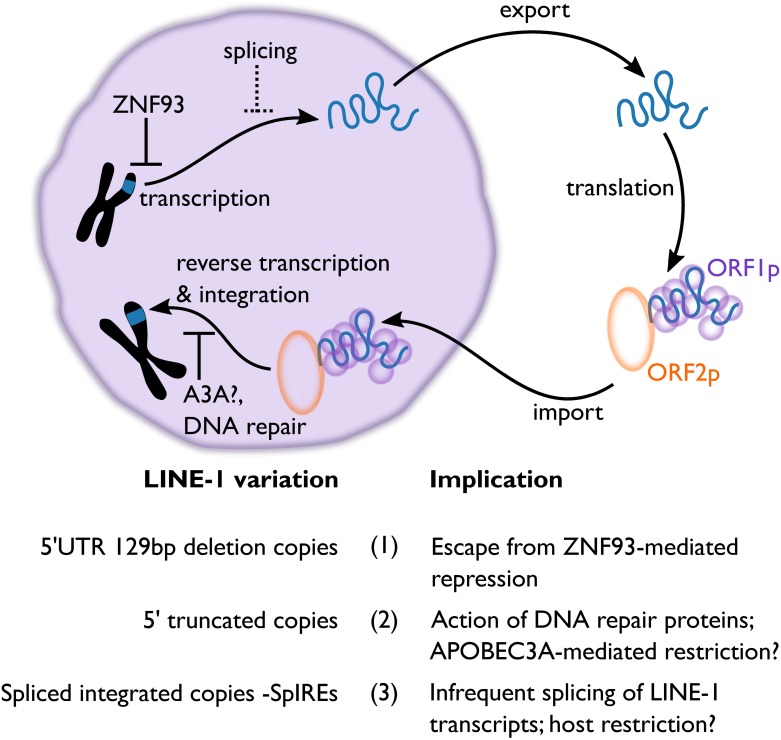Fig 1. The long interspersed element-1 (LINE-1) lifecycle and lessons from ancient LINE-1 sequences.
LINE-1 (long interspersed element-1) retrotransposons replicate using an RNA intermediate that encodes 2 proteins: ORF1p binds LINE-1 RNA, and ORF2p reverse transcribes and integrates that RNA to create a new LINE-1 copy (see Box 1). As a part of this replication, LINE-1 sequences must insert into the host genome. A genome’s inventory of these integrated sequences can be used to understand specific aspects of host and LINE-1 biology. For example, (1) LINE-1 sequences in the human genome are polymorphic for a 129-bp deletion in their 5′-untranslated region (UTR). This deletion allows LINE-1 sequences to evade the repressive effects of a DNA-binding protein (ZNF93) that initiates transcriptional silencing [18]; (2) most of the LINE-1 sequences in the human genome are 5′ truncated. This may be due to the action of APOBEC3A, which deaminates single-stranded DNA at the site of LINE-1 insertion [19], or DNA repair proteins [20, 21]; (3) about 2% of all full-length LINE-1 sequences in the genome have been spliced, as shown by new research from Larson and colleagues [22]. This splicing inactivates the new LINE-1 copies, but retention of the splice donor site preserves a transcription factor binding site that drives efficient LINE-1 transcription. It is unclear whether host cells employ splicing to actively block LINE-1 replication. Abbreviations: SpIRE, spliced integrated retrotransposed element; UTR, untranslated region.

